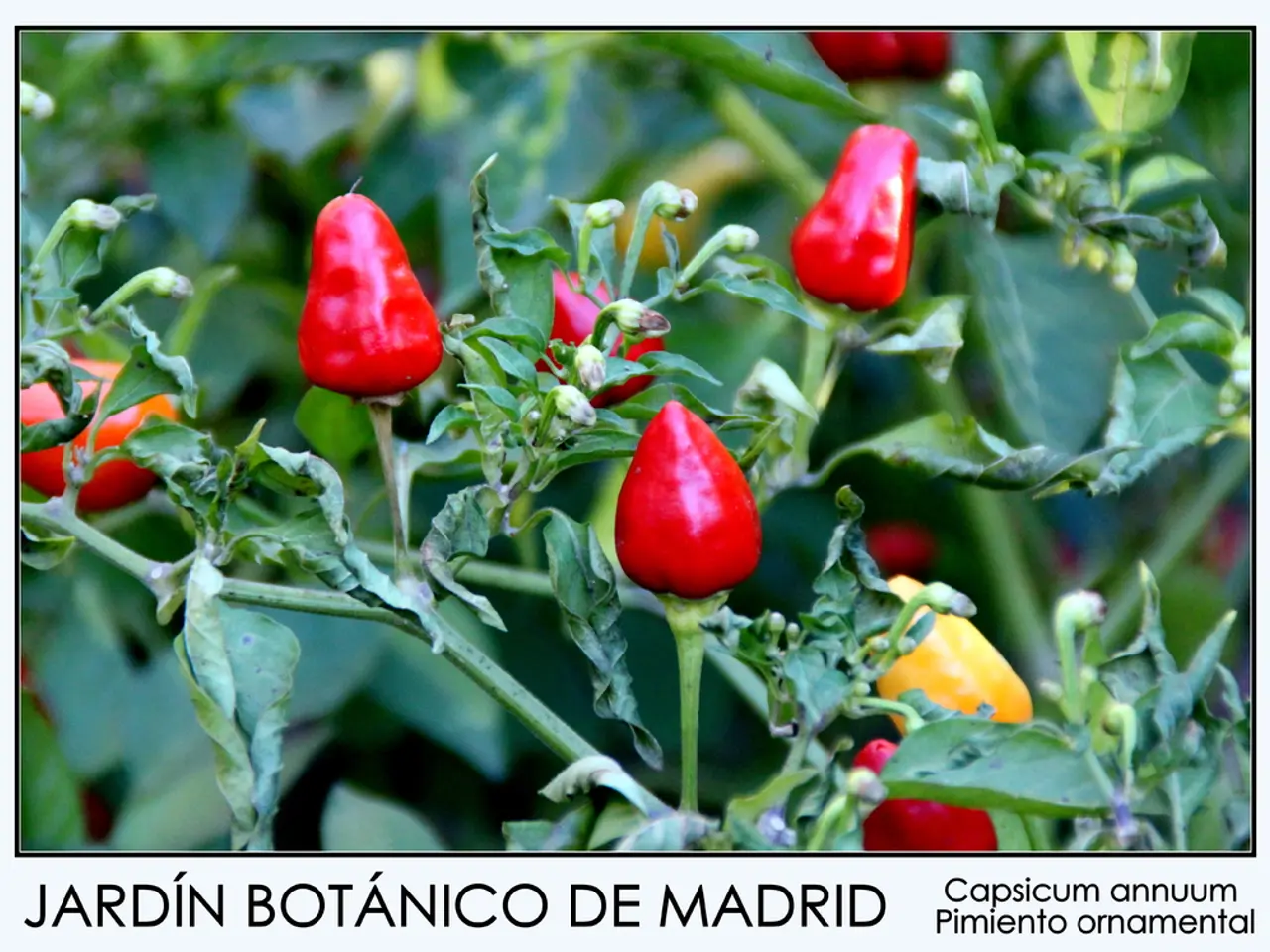Garden Troubles: A Guide to Familiar Veggie Illnesses and Pests
Managing Common Diseases in Vegetable Gardens
Vegetable gardening can be a rewarding hobby, but it also comes with its share of challenges. One of the most common issues faced by gardeners is the presence of diseases, pests, and other problems that can harm their crops. In this article, we'll explore some of the most common diseases found in vegetable gardens, and discuss effective solutions for managing them.
Fungal Diseases
Fungal diseases are a common issue in vegetable gardens, particularly in high-humidity environments. Some examples of fungal diseases include downy mildew, powdery mildew, grey mold, and fusarium wilt. These diseases thrive in conditions like overhead watering and poor ventilation, and can cause discolorations on leaves, stems, and fruit, as well as root rot.
For commercial control, copper-based fungicides or sulfur-based products can be effective. Biofungicides containing Bacillus subtilis can also help. Homemade remedies include neem oil or baking soda sprays, and improving air circulation to reduce humidity.
Bacterial Diseases
Bacterial diseases can be tricky to diagnose, as they often resemble fungal diseases. Examples of bacterial diseases include bacterial leaf spot, bacterial wilt, and soft rot on fruit. These diseases are often first noticed on leaves, and can spread through water splash, tools, and insect damage. They are favored by warm, wet weather.
For commercial control, copper-based bactericides can slow the spread of bacteria, but they do not cure the bacteria. Homemade remedies include removing infected leaves or plants to limit the spread, avoiding overhead watering, and sanitizing garden tools regularly. Crop rotation and the use of resistant varieties can also help.
Viral Diseases
Viral diseases are usually caused by insect vectors and can affect a variety of crops. Examples of viral diseases include cucumber mosaic virus (CMV), tomato yellow leaf curl virus (TYLCV), and tomato spotted wilt virus (TSWV). These diseases can cause a variety of symptoms, including discolorations on leaves, stems, and fruit, and can significantly reduce plant health.
For commercial control, there is no direct cure for viral diseases. Instead, the focus is on controlling insect vectors with selective insecticides like Spinosad and Bacillus thuringiensis (Bt) for aphids and thrips. Homemade remedies include using insect-repelling sprays made from garlic, cinnamon, or clove oils to deter vectors, and using reflective mulches or row covers to prevent access by insect vectors. Removing and destroying infected plants promptly is also important.
Effective Solutions
In addition to the above solutions, there are several practices that can help manage common diseases in vegetable gardens. These include practicing crop rotation to break cycles of soil-borne diseases, maintaining soil health and proper drainage, avoiding working with wet plants, and sanitizing tools. Using resistant varieties or rootstocks when available can also help.
Integrated Disease Management
By combining organic and commercial products with homemade remedies, gardeners can effectively manage the common diseases in vegetable gardens. This integrated approach balances chemical, biological, and cultural methods to sustainably control vegetable garden diseases.
Here's a summary of the common diseases in vegetable gardens, along with their commercial controls, homemade remedies, and practices:
| Disease Type | Common Diseases | Commercial Controls | Homemade Remedies & Practices | |---------------------|------------------------------------|----------------------------------|-----------------------------------------------------| | Fungal | Downy mildew, powdery mildew, grey mold, fusarium wilt | Copper fungicides, biofungicides | Baking soda spray, neem oil, good air circulation, remove debris | | Bacterial | Bacterial leaf spot, bacterial wilt | Copper-based bactericides | Remove infected leaves, tool sanitation, avoid overhead watering, crop rotation | | Viral | CMV, TYLCV, TSWV | Insecticides like Spinosad, Bt | Garlic/cinnamon/clove oil sprays, row covers, vector control, remove infected plants |
By following these guidelines, gardeners can enjoy a healthy, productive vegetable garden.
In the context of managing common diseases in vegetable gardens, improving air circulation and using homemade remedies such as neem oil or baking soda sprays can help combat fungal diseases. For bacterial diseases, gardeners can consider removing infected leaves or plants to limit their spread, while focusing on sanitizing garden tools and avoiding overhead watering. When dealing with viral diseases, strategies include using insect-repelling homemade sprays made from garlic, cinnamon, or clove oils, as well as implementing vector control methods and removing infected plants promptly.




